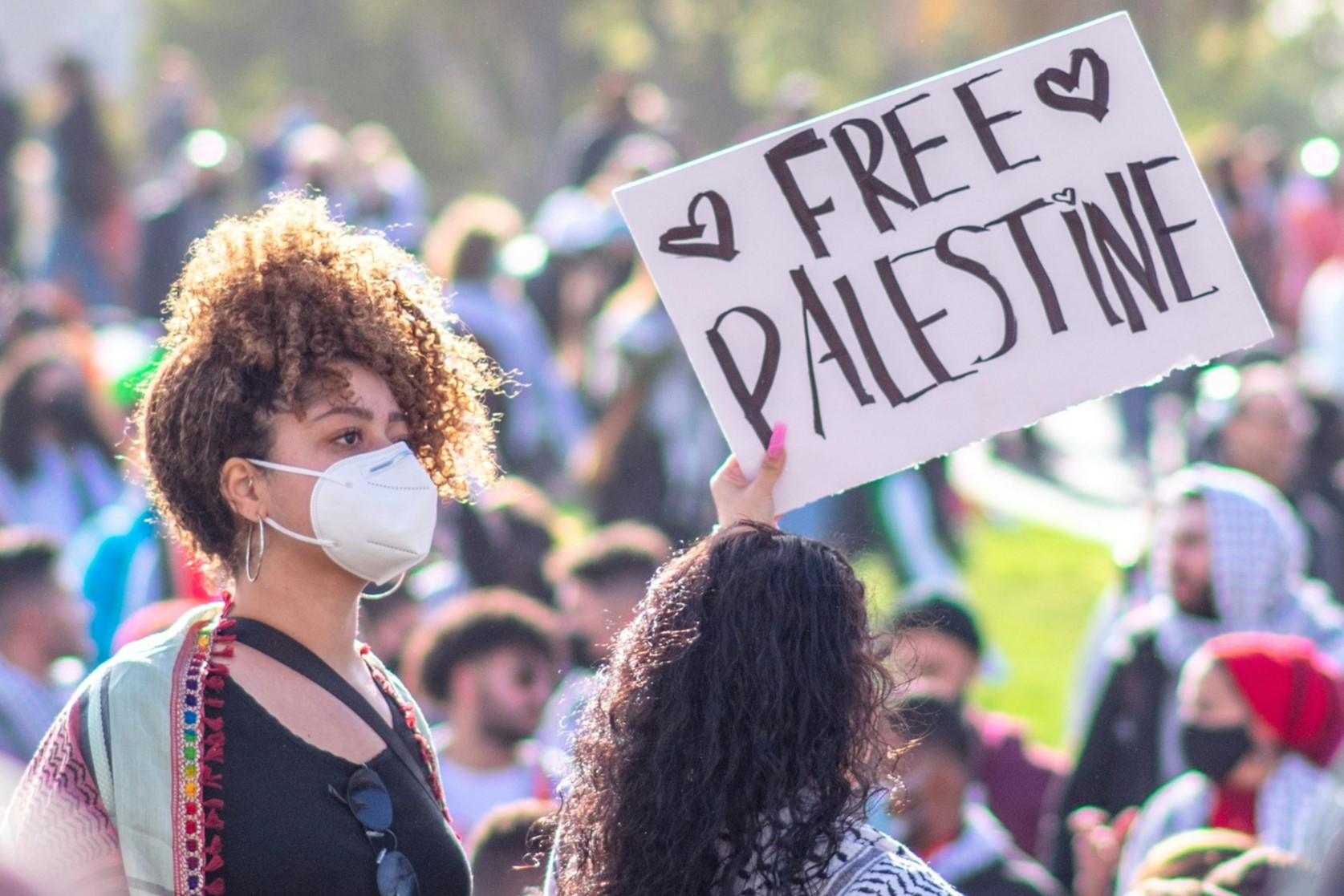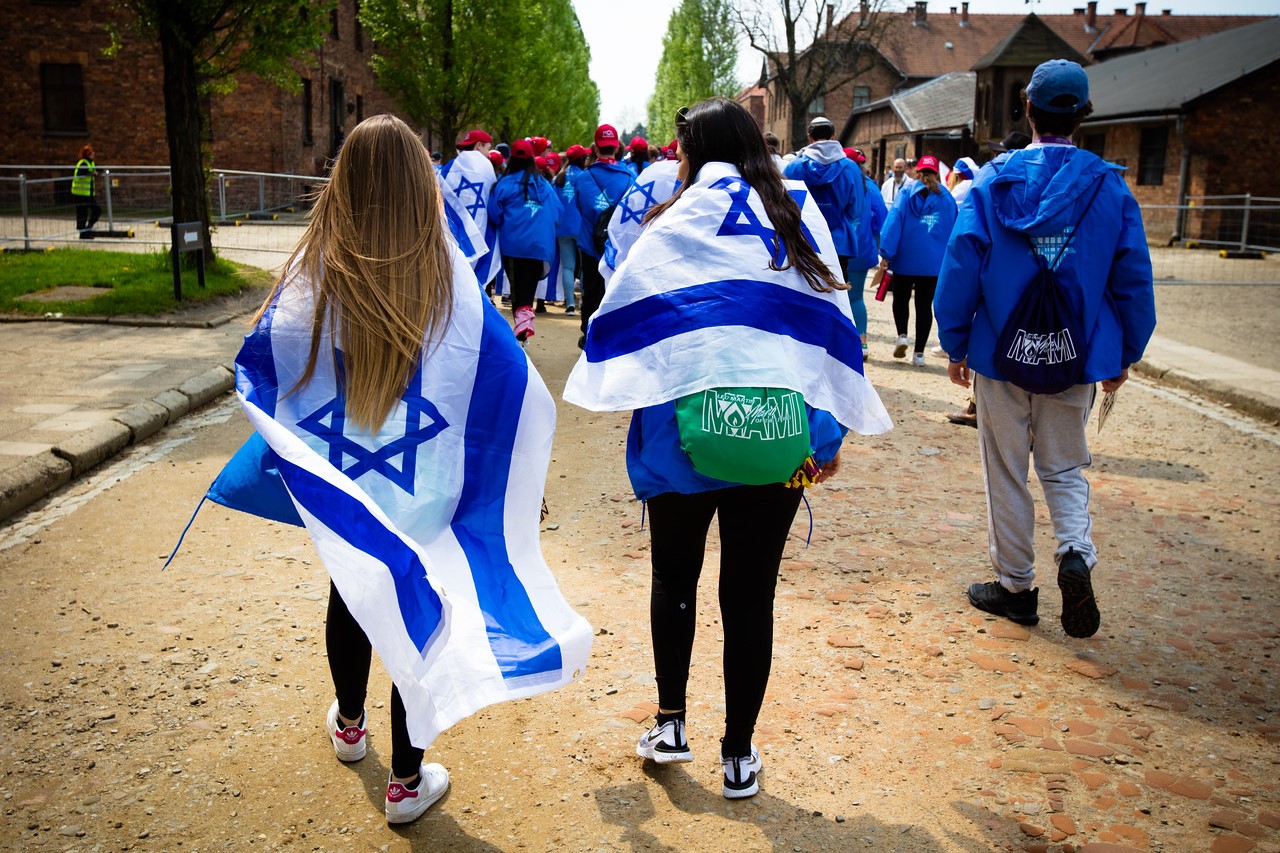The 'High Holy Days' of Spring

This week’s Dvar Torah is written by Rabbi Ed Farber, Rabbi Emeritus of Beth Torah Benny Rok Campus in North Dade, and one of our talented Melton & More faculty members. Registration for summer mini-courses will be open soon. Sign up here to be notified when enrollment opens.

Image by Jill Wellington from Pixabay
The time from Passover to Shavuot is like another ‘High Holy Days’ Season.
One reason is the sheer number of holidays that parallels the Rosh HaShanah, Yom Kippur, Sukkot, Shemeni Atzeret/Simchat Torah ‘deluge’ of September/October.
We have Pesach, Yom HaShoah, Yom HaAtzma’ut, Lag BaOmer and Shavuot all in a seven-week period.
It’s also interesting because one occurs in the first month of the year (Nisan) and the other in the seventh month of the year (Tishrei), so the year is perfectly divided between two intense periods of celebration, mourning and observances.
The fall High Holy Days are more reflective-- with the Rosh HaShanah/Yom Kippur experience concluding in the easy celebration of Sukkot (eating outdoors, the simplicity of the Lulav/date palm and Etrog/citron, and the party-like atmosphere of Simchat Torah).
The spring holidays are of tremendous historical meaning and very intense (the ridding of chametz/leavened products), the Seder, Holocaust memorials and the intense emotion of Israeli Independence Day, while ending with the quiet and calm of study on Shavuot.
Both begin with large commemorations – Rosh HaShanah/Pesach and both conclude with the reading/study of Torah (Simchat Torah/Shavuot).
The parallel is not accidental.
There is one constant throughout Jewish history and that has been the Torah of the Jewish people.
They destroyed our Temple, took away our sovereignty and exiled us twice, but they couldn’t take away our Torah, so we took it with us wherever we went. We studied it and passed it on to the next generation and it preserved our people.
It also kept us focused on the land of Israel so that even after two thousand years of exile we were so attached to the land that we were able to return and reestablish the Jewish state.
No other people in history has ever survived such a long exile and maintained their identity and attachment to their land.
On Yom HaShoah, we mark the most devastating event in Jewish history – the Holocaust.
The great centers of learning in Europe were all destroyed along with an entire generation of teachers and scholars. It seemed unlikely we would ever recover and if we did, it would take many generations.
Yet when we sit down to observe Shavuot (celebrating the gift of the Torah at Mt. Sinai), this year we will be able to say that there are more Jewish children studying Torah in Jewish schools around the world today then there were in 1939!
No one could have predicted or anticipated such a recovery. And right in the middle is Israel Independence Day, which is the explanation as to why this is true.
The resurgence of the Jewish people in its homeland (nearly half of all Jews in the world now live there) is the reason for the recovery of the nation from the destruction of WWII.
In the fall, we reflect on our own lives, and in the spring, we reflect on the life of our nation.
It’s a brilliantly designed calendar.
As Rabbi Yitz Greenberg has written:
To keep Jews ever striving to come closer to the ideal, they must continually experience the Exodus. Thus, the Jewish annual calendar is anchored by two total reenactments of the Exodus. The liturgical cycle ensures that Jews do not wait a full year between Exodus encounters… would diminish Exodus consciousness and dissipate its effect on behavior…the total experience of Exodus is never more than six months away. ~The Jewish Way, p. 96
After the intensity of the spring calendar, we get summer to recover and get ready for the fall holidays and for that, we should be thankful as well.
Shabbat Shalom




